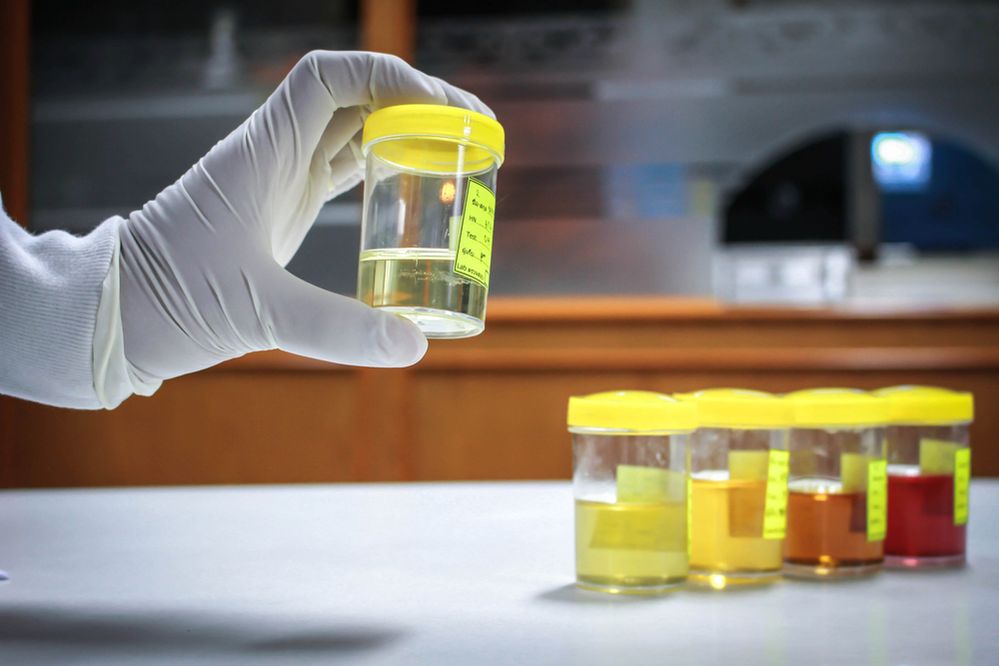Drug tests come in various types, each with specific detection methods aimed at identifying the presence of illicit substances in the body. Synthetic urine, when used strategically, can be a tool to navigate these tests successfully. Let’s explore the different types of drug tests, their detection methods, and how synthetic urine interacts with each fake urine:
- Urinalysis:
Detection Method: This is the most common drug test. It analyzes a fake urine sample for metabolites of drugs, such as THC, cocaine, opioids, and amphetamines.
Interactions with Synthetic Urine: High-quality synthetic urine, like Sub Solution or Quick Fix, is formulated to mimic real urine, providing a reliable substitute for urinalysis. However, it’s essential to ensure the synthetic urine is at the correct temperature (usually around 90-100°F or 32-37°C) for accurate results.
- Hair Follicle Test:
Detection Method: Hair follicle tests analyze hair strands for drug metabolites, providing a longer detection window compared to urine tests.
Interactions with Synthetic Urine: Synthetic urine is not effective for hair follicle tests, as the test focuses on metabolites deposited in the hair shaft. In this case, detoxification shampoos or abstinence may be more appropriate strategies.
- Saliva Test:
Detection Method: Saliva tests analyze saliva for the presence of drugs and their metabolites.
Interactions with Synthetic Urine: Synthetic urine is not typically used for saliva tests. These tests are often less common for detecting certain substances, and detoxification products may be more relevant.
- Blood Test:
Detection Method: Blood tests directly measure the concentration of drugs or their metabolites in the bloodstream.
Interactions with Synthetic Urine: Synthetic urine is not applicable to blood tests. These tests are more invasive and are not commonly used for routine drug screening.

- Sweat Patch Test:
Detection Method: Sweat patch tests adhere to the skin and collect sweat over an extended period, detecting drug metabolites.
Interactions with Synthetic Urine: Synthetic urine is not suitable for sweat patch tests, as these tests focus on the continuous collection of substances excreted through sweat.
- GC-MS Confirmation Test:
Detection Method: Gas Chromatography-Mass Spectrometry (GC-MS) is a confirmatory test used to validate positive results from initial screenings.
Interactions with Synthetic Urine: High-quality synthetic urine has been designed to pass confirmatory tests, as it closely replicates the composition of real urine. However, it’s crucial to follow proper procedures to avoid detection.
Important Considerations:
Quality of Synthetic Urine: The quality of the synthetic urine used is crucial. Reputable brands formulate synthetic urine with accuracy in mind, helping it pass various tests.
Temperature Control: For urinalysis and GC-MS tests, maintaining the correct temperature is crucial for success. Follow the provided instructions to ensure accurate results.
Conclusion:
Understanding the types of drug tests and their detection methods is vital for strategizing how to use synthetic urine effectively. While synthetic Fake urine kit can be a reliable substitute for urinalysis, it’s essential to recognize its limitations and explore alternative methods for other types of tests. Always adhere to legal and ethical standards when considering the use of synthetic urine or any other strategies for passing drug tests.







